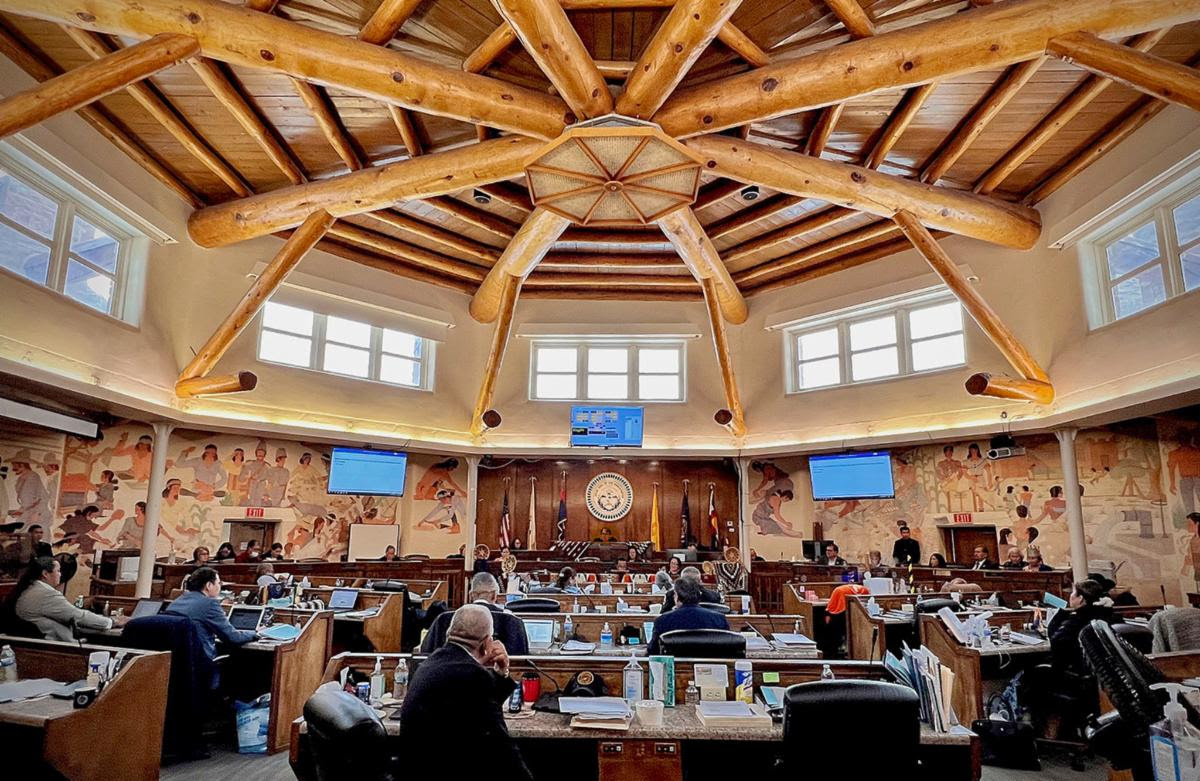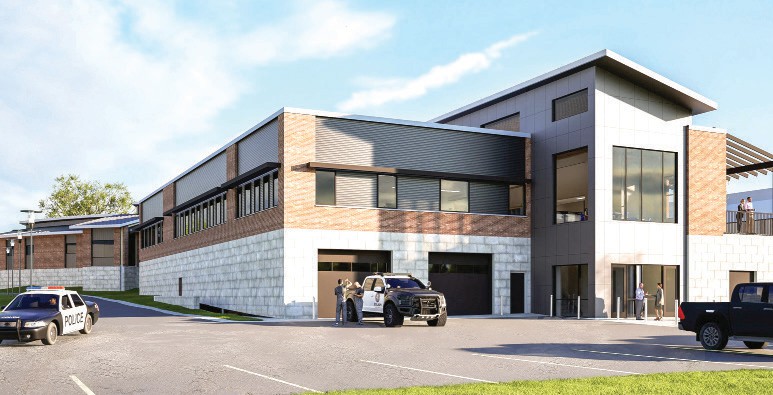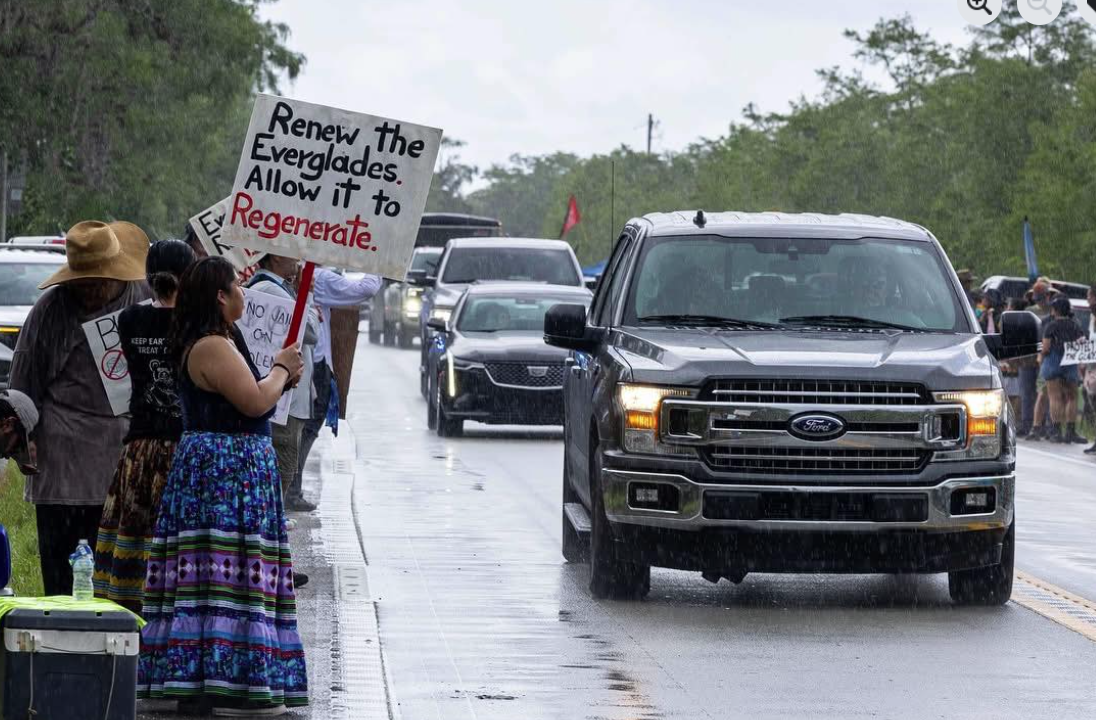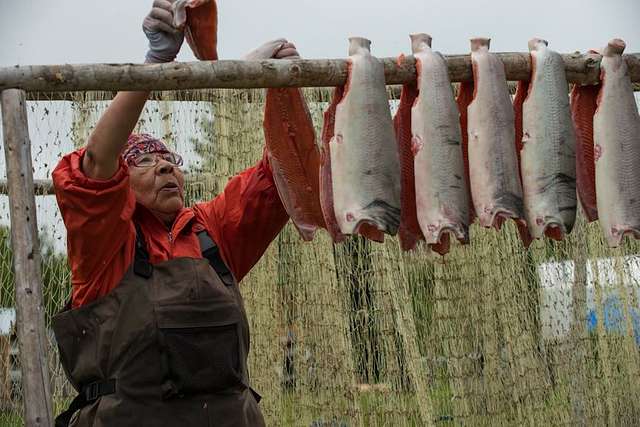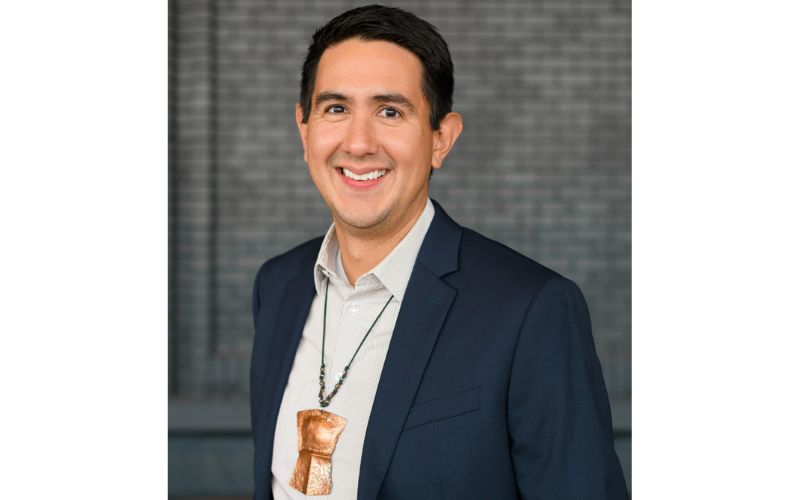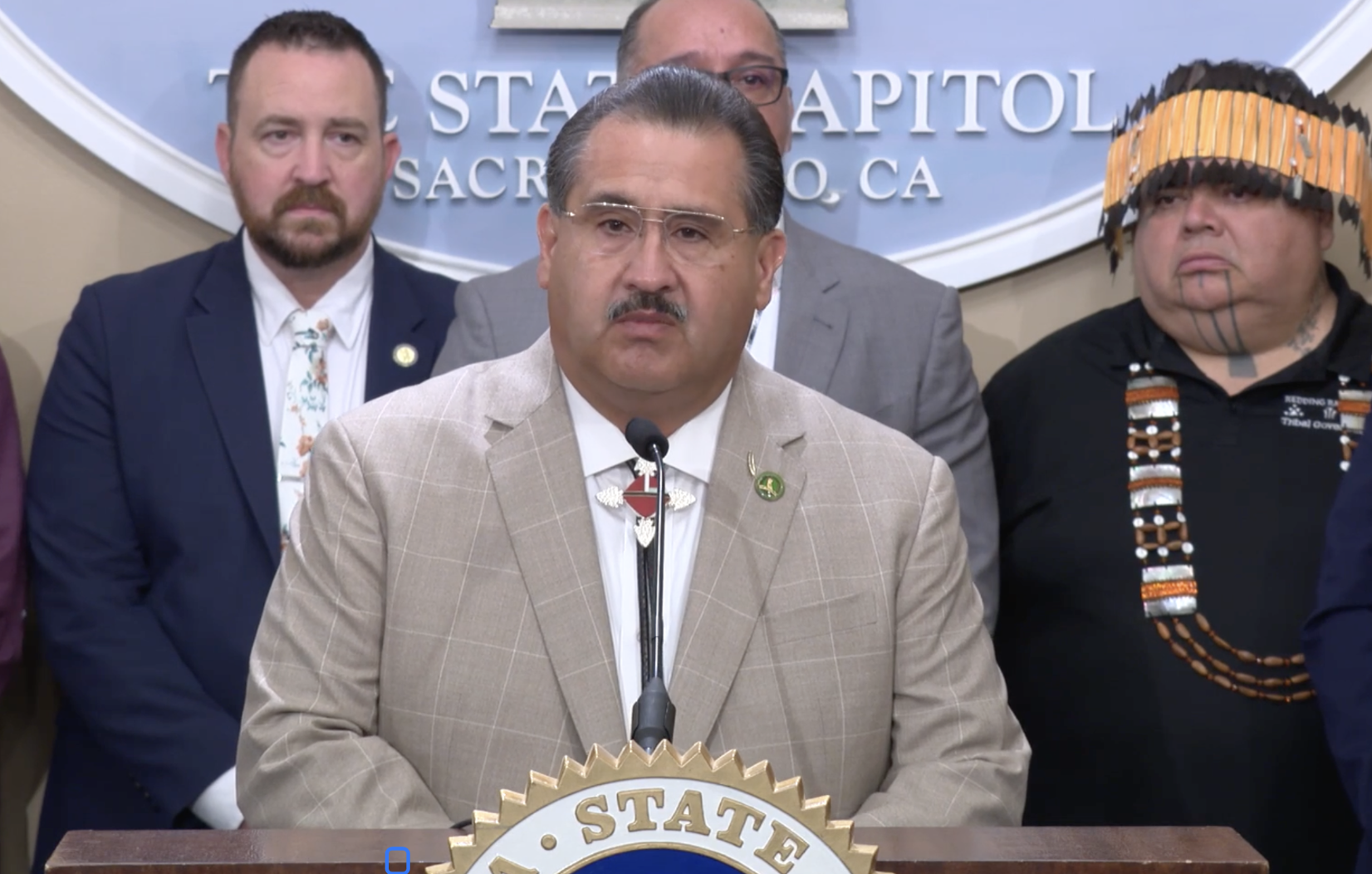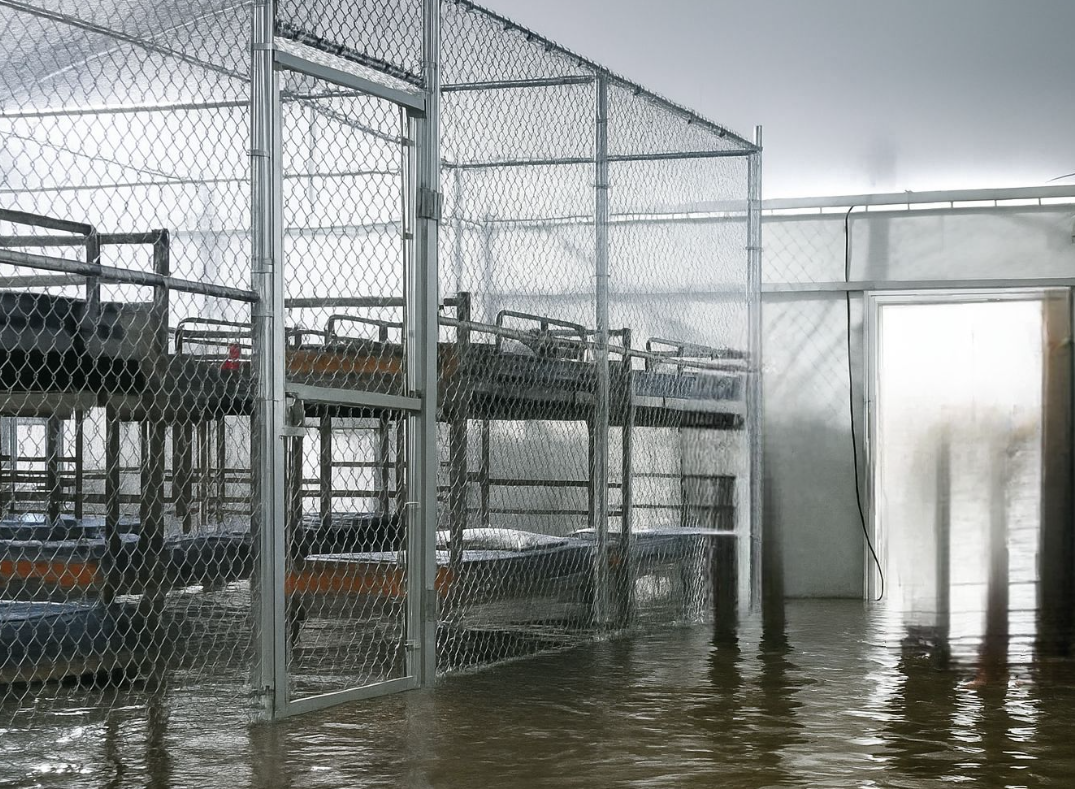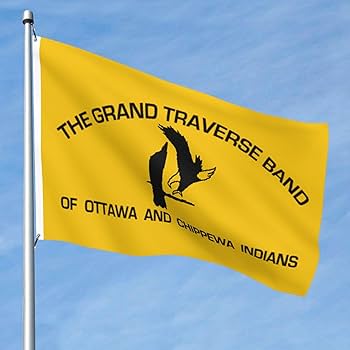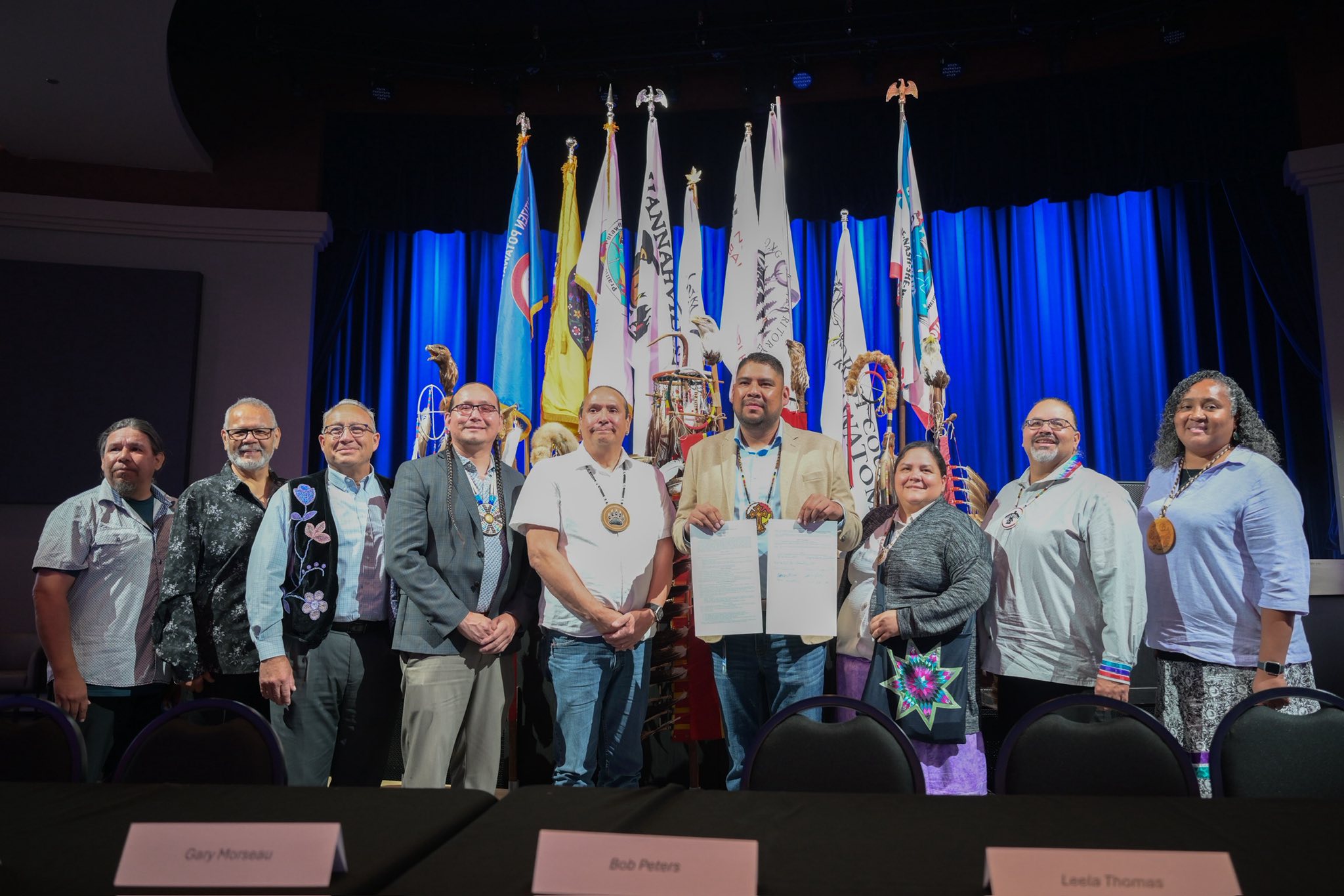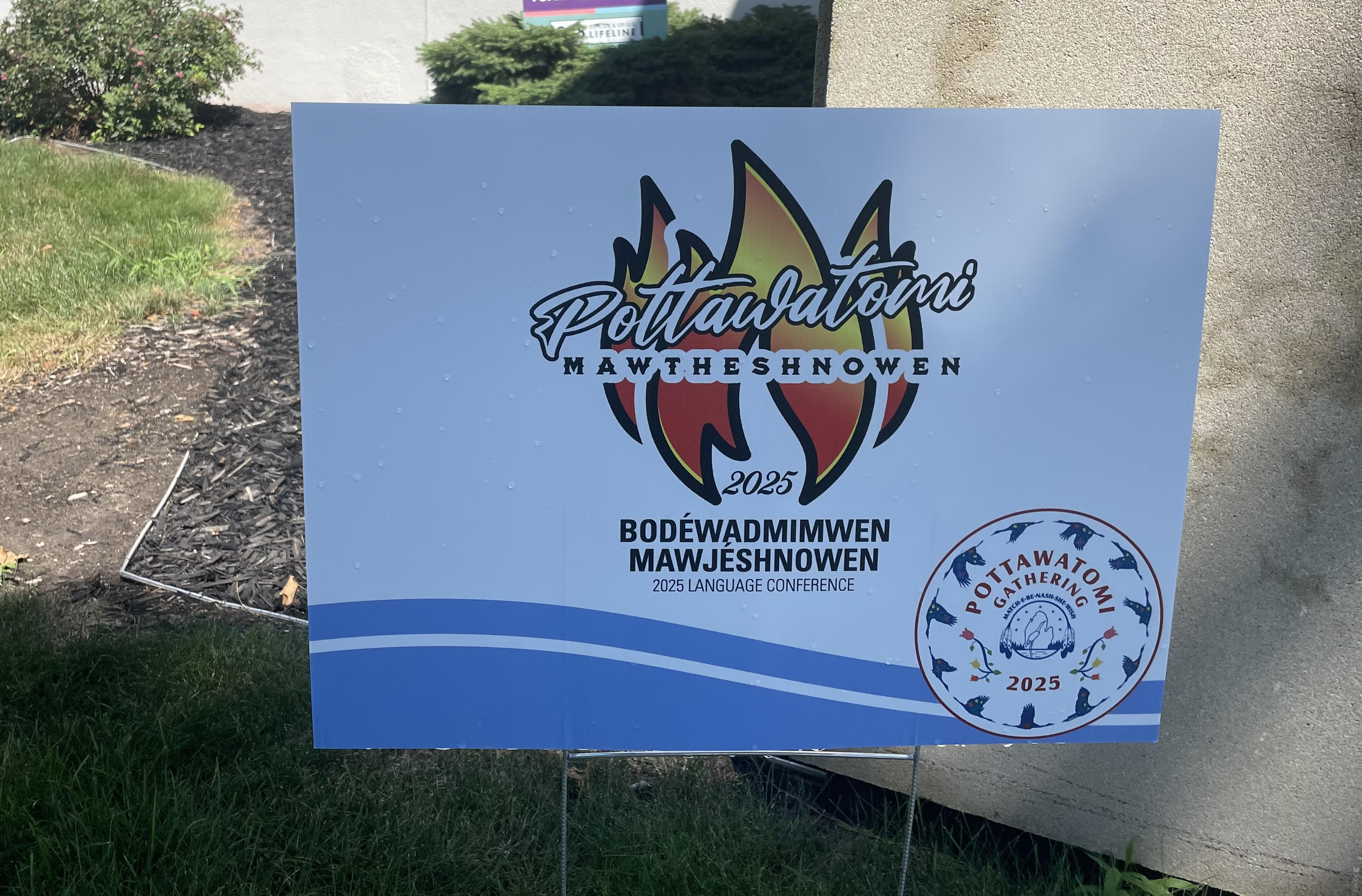Sovereignty
- Type: Default
- Ad Visibility: Show Article Ads
- Reader Survey Question: No Question
- Video Poster: https://nativenewsonline.net/images/10_Years_Logo.png
On Thursday, August 21, the Naabik’íyáti’ Committee approved Legislation No. 0178-25, extending a limited waiver of the Navajo Nation’s sovereign immunity through September 30, 2029.
- Details
- By Native News Online Staff
- Type: Default
- Ad Visibility: Show Article Ads
- Reader Survey Question: No Question
- Video Poster: https://nativenewsonline.net/images/10_Years_Logo.png
On August 27, the Sisseton Wahpeton Oyate (SWO) will break ground on a new 28,000-square-foot Law Enforcement Center on the Lake Traverse Reservation.
- Details
- By Kaili Berg
- Type: Default
- Ad Visibility: Show Article Ads
- Reader Survey Question: No Question
- Video Poster: https://nativenewsonline.net/images/10_Years_Logo.png
A federal judge in Miami ruled late Thursday that Florida is prohibited from transferring any more individuals to the Everglades detention facility known as "Alligator Alcatraz."
- Details
- By Levi Rickert
- Type: Default
- Ad Visibility: Show Article Ads
- Reader Survey Question: No Question
- Video Poster: https://nativenewsonline.net/images/10_Years_Logo.png
The Alaska Federation of Natives (AFN) is pleased to announce a major legal victory as the Ninth Circuit Court of Appeals has upheld Judge Gleason’s ruling in the Kuskokwim case, affirming that the Katie John decisions remain binding precedent. The court’s opinion, released this morning, confirms that when Congress enacted Title VIII of the Alaska National Interest Lands Conservation Act (ANILCA), it intended to create a rural subsistence fishing priority in navigable waters on federal lands—a principle established decades ago in the Katie John cases.
- Details
- By Native News Online Staff
- Type: Headshot
- Ad Visibility: Show Article Ads
- Reader Survey Question: No Question
- Video Poster: https://nativenewsonline.net/images/10_Years_Logo.png
The Alaska Federation of Natives (AFN) President Ben Mallott is urging the U.S. Department of Agriculture (USDA) to hold a formal tribal consultation on its plans plans to reorganize the agency.
- Details
- By Native News Online Staff
- Type: Default
- Ad Visibility: Show Article Ads
- Reader Survey Question: No Question
- Video Poster: https://nativenewsonline.net/images/10_Years_Logo.png
Top officials from the University of California will be called to account Tuesday morning for their ongoing failure to return thousands of Native American human remains and hundreds of thousands of sacred cultural artifacts, as required by both federal and state law.
- Details
- By Native News Online Staff
- Type: Default
- Ad Visibility: Show Article Ads
- Reader Survey Question: No Question
- Video Poster: https://nativenewsonline.net/images/10_Years_Logo.png
The U.S. District Court for the Southern District of Florida has issued a Temporary Restraining Order (TRO), halting further construction at the immigration detention site situated at the Everglades Jetport, commonly known as “Alligator Alcatraz.”
- Details
- By Levi Rickert
- Type: Headshot
- Ad Visibility: Show Article Ads
- Reader Survey Question: No Question
- Video Poster: https://nativenewsonline.net/images/10_Years_Logo.png
All tribal offices of the Grand Traverse Band of Ottawa and Chippewa Indians (GTB), located in Peshawbestown, Michigan, have reopened as of Wednesday, following a closure on Monday and Tuesday due to an imminent threat directed at several key staff members.
- Details
- By Levi Rickert
- Type: Default
- Ad Visibility: Show Article Ads
- Reader Survey Question: No Question
- Video Poster: https://nativenewsonline.net/images/10_Years_Logo.png
WAYLAND, Mich. — After decades of dialogue, the Bodéwadmi Confederation of Tribal Nations was formally established on Thursday during the 2025 Pottawatomi Gathering at the Gun Lake Casino Resort in Wayland, Michigan, as Potawatomi leaders came together to sign the Articles of Confederation.
- Details
- By Levi Rickert
- Type: Default
- Ad Visibility: Show Article Ads
- Reader Survey Question: No Question
- Video Poster: https://nativenewsonline.net/images/10_Years_Logo.png
HOPKINS, Mich. — The 2025 Potawatomi Gathering is underway in West Michigan. The annual event is expected to draw approximately 5,000 Potawatomi citizens from various bands across the United States and Canada.
- Details
- By Levi Rickert

